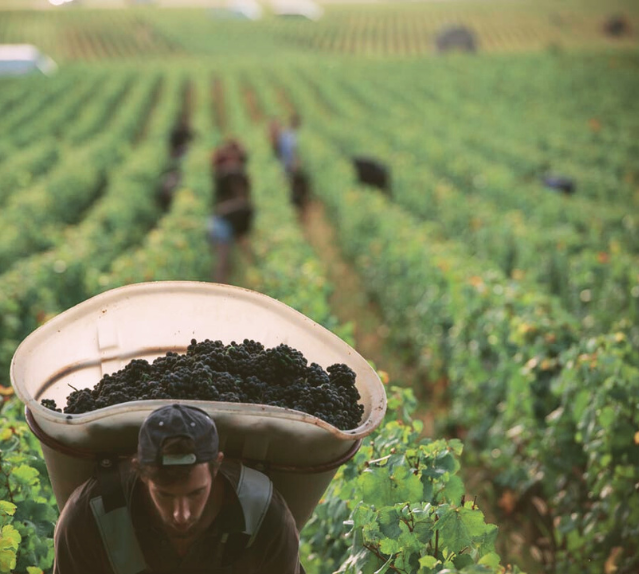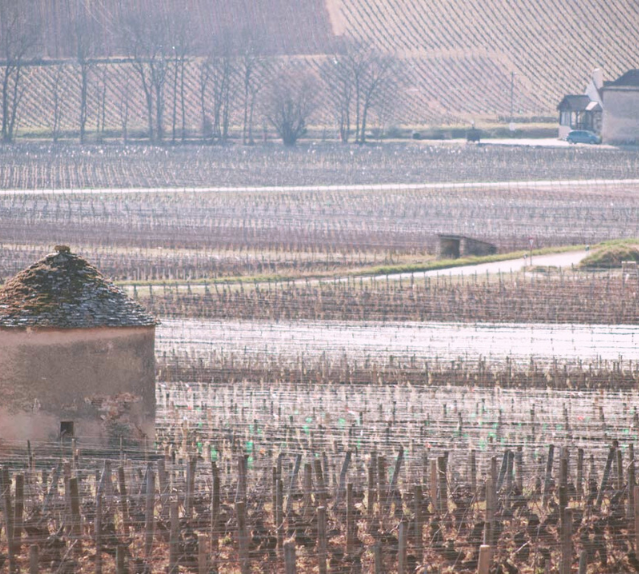The Growing Season
The 2022 vintage began with a dry growing season. A mild winter transitioned into a beautiful spring, initiating early bud break. Flowering occured in dry conditions, faced minimal disease pressure, setting the stage for healthy fruit set, early in the season.
Early summer was marked by drought and some hydric stress until the end of June when 200 mm of much-needed water fell in a short period of time, cooling down the plants and filling the reserve for the scorching months ahead.
A blistering summer ensued, causing veraison to either slow or stop due to hydric stress. Relief arrived in mid-August, providing the vines with the necessary water to propel fruit ripening under the intense heat, culminating in an early harvest – essential to retain freshness and acidity into the berries.
The berries where thick, concentrated and plentiful, yielding extraordinarily concentrated juice: Céline Fontaine of
Domaine Fontaine-Gagnard recalls
“the berries being as thick as chewing gum’!







